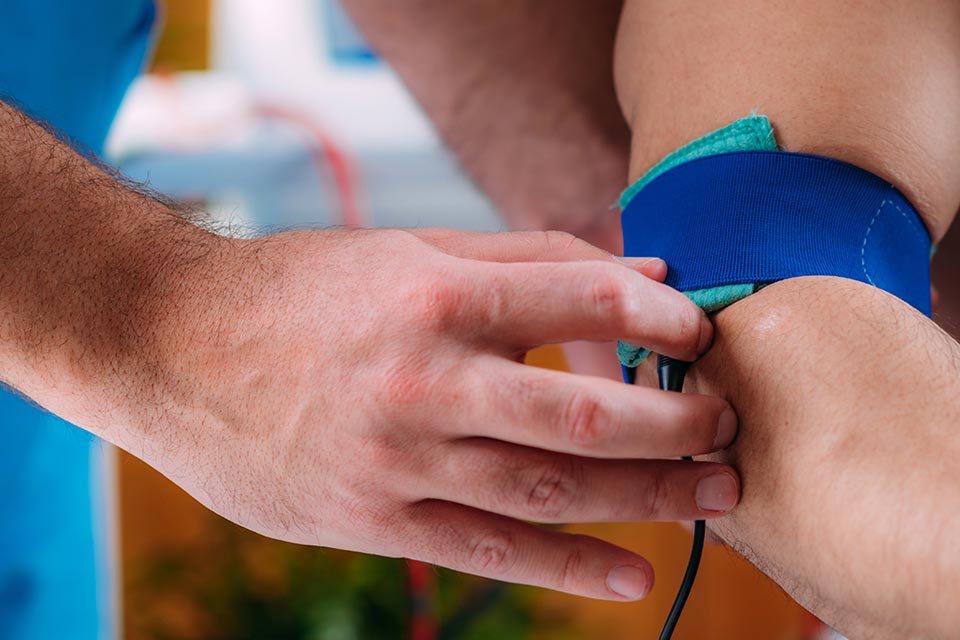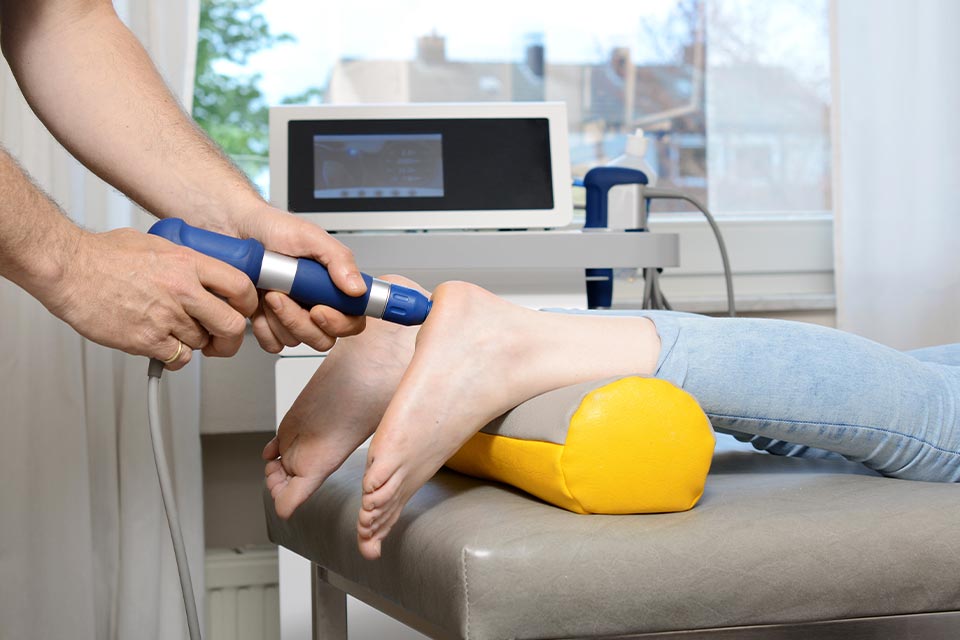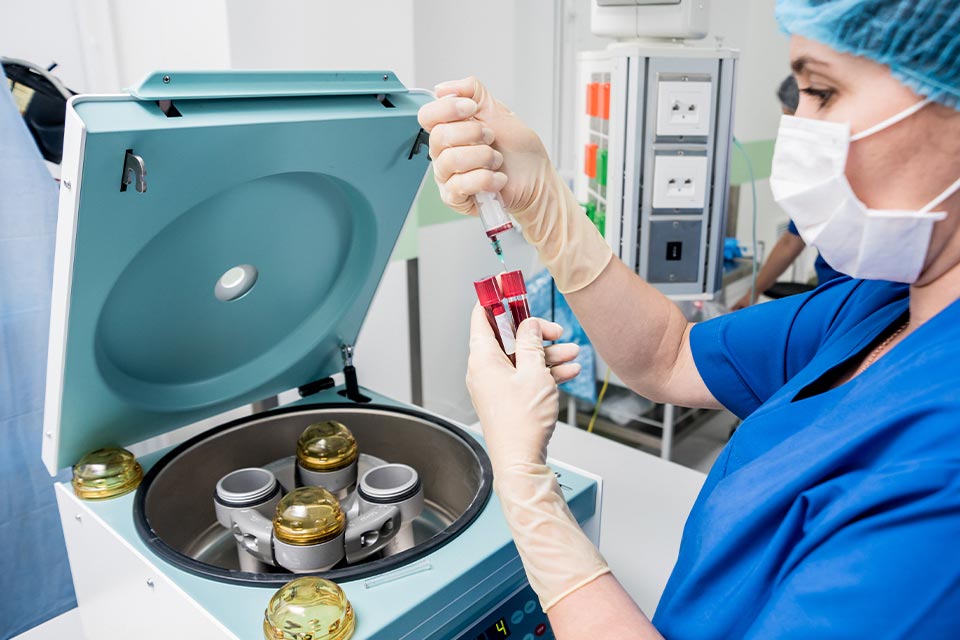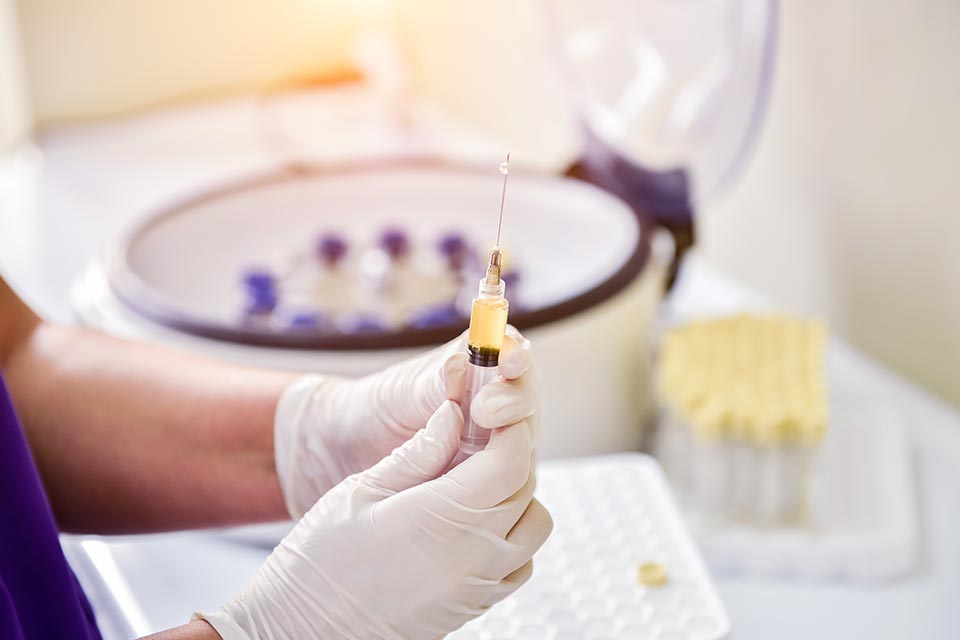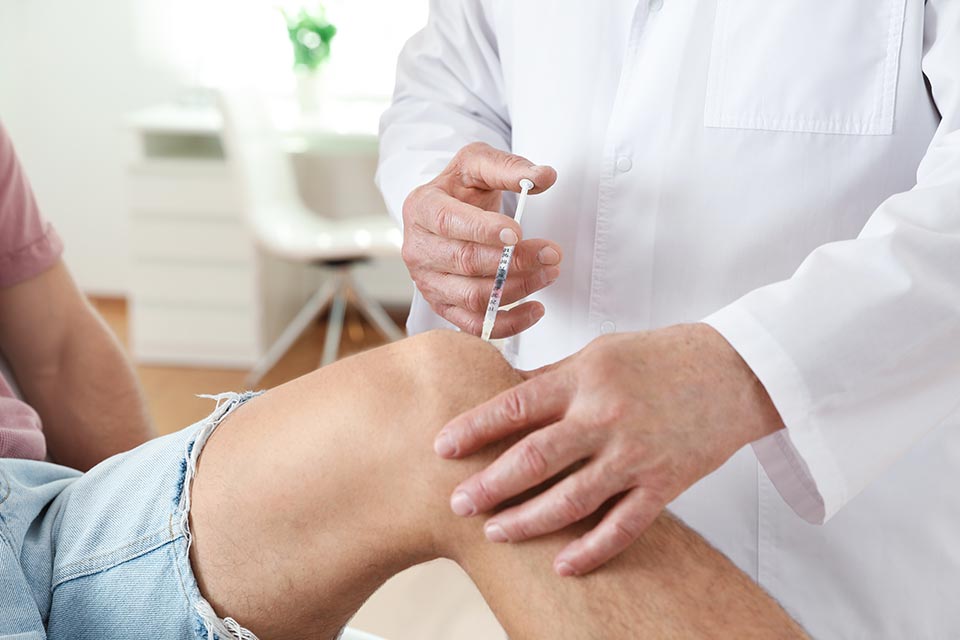Ballarat Orthopaedics & Sports Medicine
Trauma Surgery Specialists
Ballarat Orthopaedics & Sports Medicine provide the vast majority of trauma surgery for Ballarat and the region. Much of the surgery is performed on an emergency basis at St John of God, or at Ballarat Health Services.
Some injuries are dealt with on a semi-elective basis – if adequate first aid is undertaken, it may be reasonable to have wrist and ankle fractures operated as day surgery, either at one of the above institutions, or Ballarat Day Procedure Centre.
We aim to use Rapid Recovery Surgery principles where possible.
We perform emergency surgery for both upper and lower limb injuries. Below are a collection of downloadable brochures for common injuries.
Useful Information
-
Novar Specialist Healthcare
109 Webster Street
Lake Wendouree VIC 3350 - T | 03 5332 2969
- F | 03 5332 2003
- admin@ballaratosm.com.au
Wrist Fracture Surgery Options & Information
Wrist Fracture
Wrist fractures are common occurrences. Traditionally, they were treated with plaster, after realigning the fracture. Six weeks in plaster cast is usually enough. This works reasonable well most of the time, and success can reasonable be predicted if there is no pain and a new x-ray at twelve days shows good alignment.
Some groups have bad outcomes. People with osteoporosis often have the fracture collapse. This can cause chronic pain.
Ankle Fracture
Ankle fractures have obviously occurred for all times. Traditionally, treatment involved re-aligning the fracture, and then applying a plaster cast. Six weeks in a plaster cast is usually adequate.
This works reasonable well most of the time, and success could reasonably be predicted if there was no pain, and a new x-ray at twelve days shows good alignment. Generally, stiffness had resolved by three months, and full function returned.
Bipolar Replacement for Neck of Femur Fractures
There are a variety of patterns to hip fractures, each has its own best way of treatment. The fracture you have is called a subcapital fracture of the femur.
Over the last 60 years, the standard of care for this has been Moore’s hemi-arthroplasty. Of recent years in Australia, we have searched for a better answer, with an increased chance of full recovery.
A variety of options exist. The bipolar hip replacement has the lowest chance of needing further surgery. It uses a normal total hip replacement stem, and a cup that bridges between the hip replacement head size, and the pelvic socket.
Supracondylar Femur Fracture
Supracondylar refers to the part of the femur just above the knee joint. In the 1960s treatment involved being treated in a traction bed for eight weeks, a fracture brace, then weight bearing might start again at 3 months from injury.
This often resulted in a loss of independence, and in some instances death, especially in the elderly. Early internal fixation devices didn’t get good fixation in the osteoporotic bone, and were prone to failure.
Osteoporosis is almost invariably part of the problem. Many patients also have vitamin D deficiency, delaying or preventing bone healing. The majority of patients are elderly, and sometimes their independence is threatened.
Fractures and plaster care
What is a fracture?
A fracture is a medical term for a broken bone. Bones break when too much force is exerted against them, often during a fall or common activities such as sport. Given time and the right care, the bone heals itself.
Treatment
You may have had x-rays in the emergency department or urgent care centre to check for a fracture. In most instances, a cast will be applied to hold the broken bone(s) in place while the bone heals. It is more common to have a half cast than a full cast. Other fractures may be managed with slings or splints.
Leading Treatments & Surgeries in Ballarat
- All
- Sports Medicine
- Orthopaedics
- Novar Specialists















